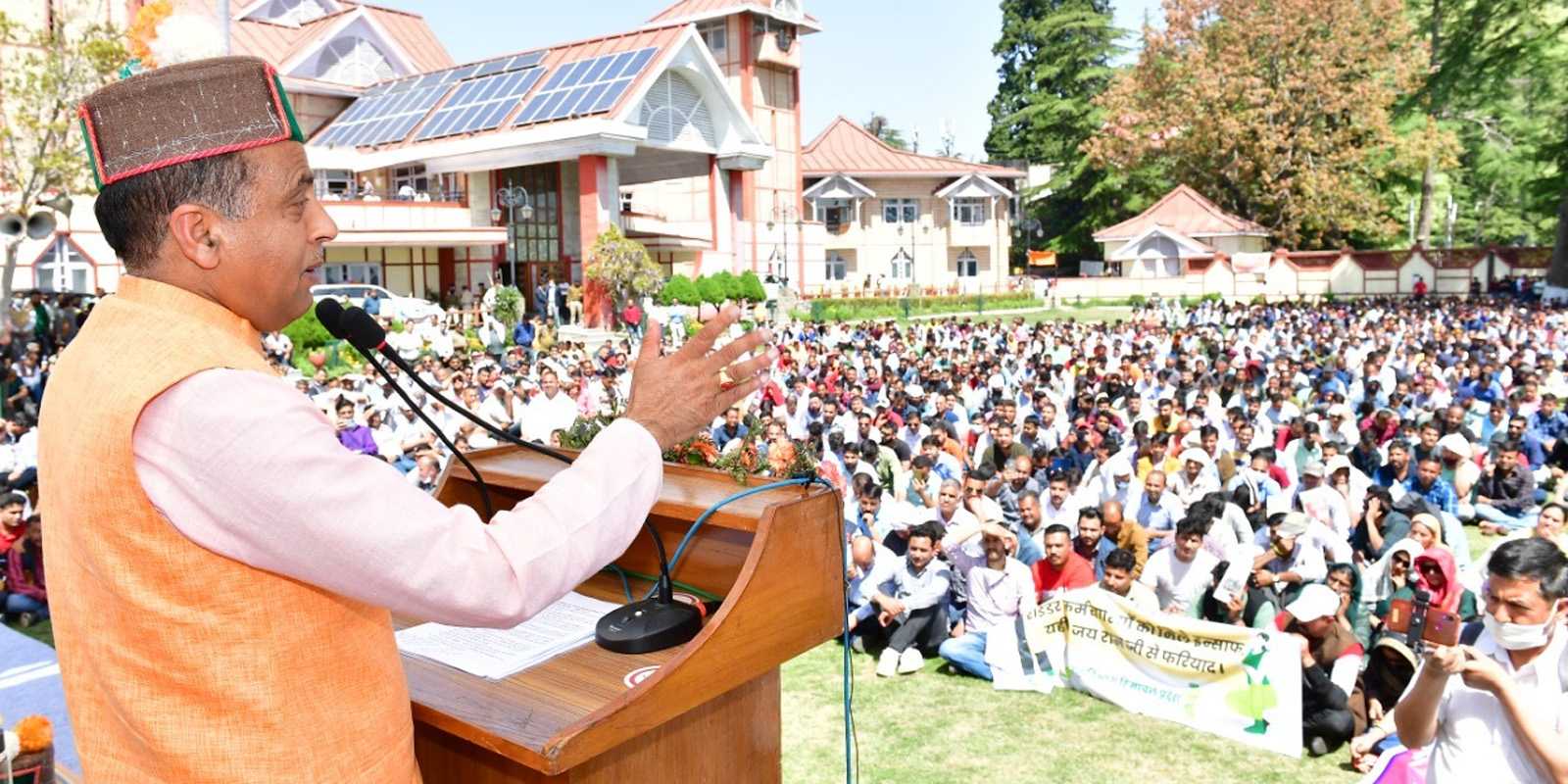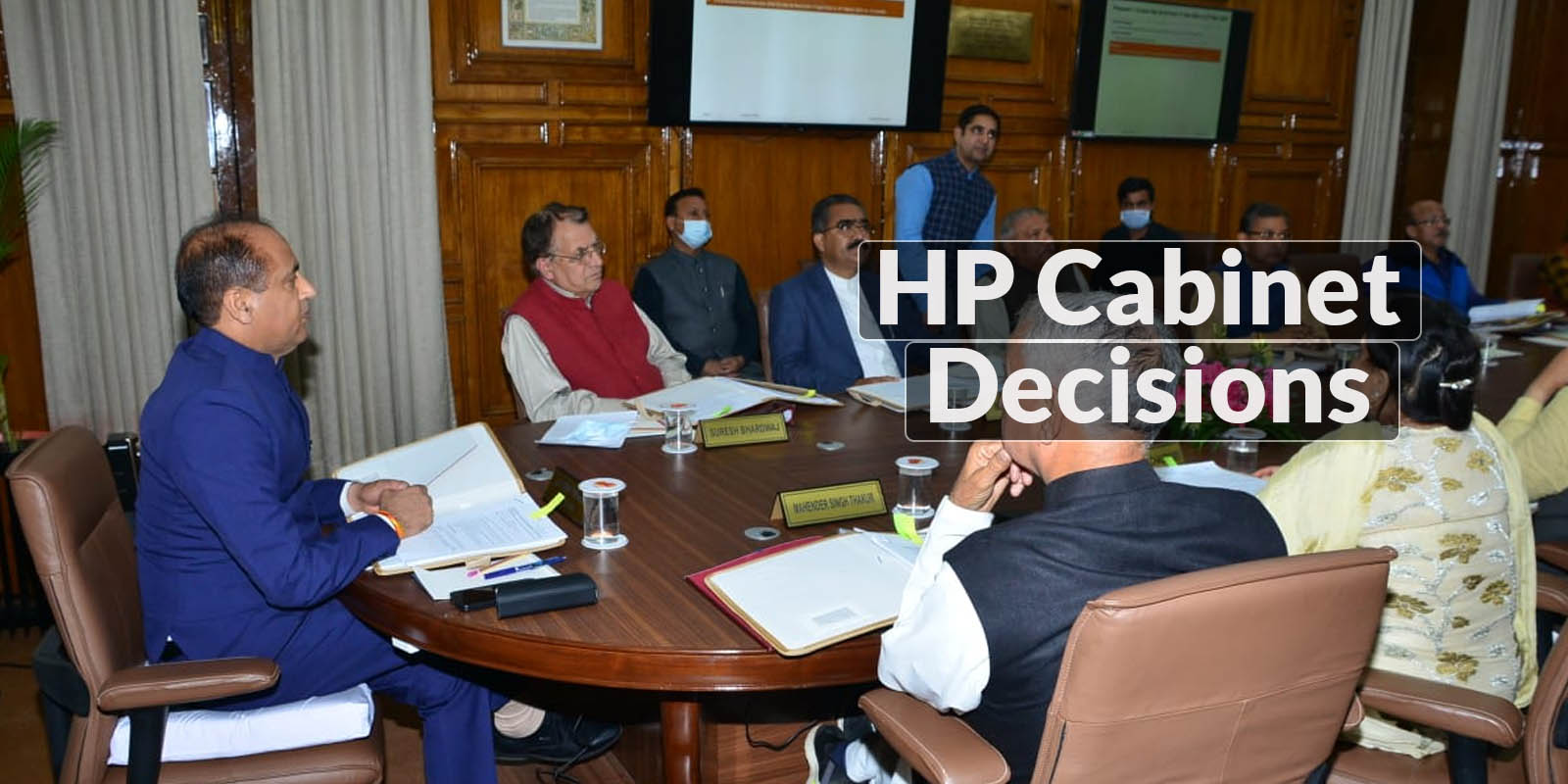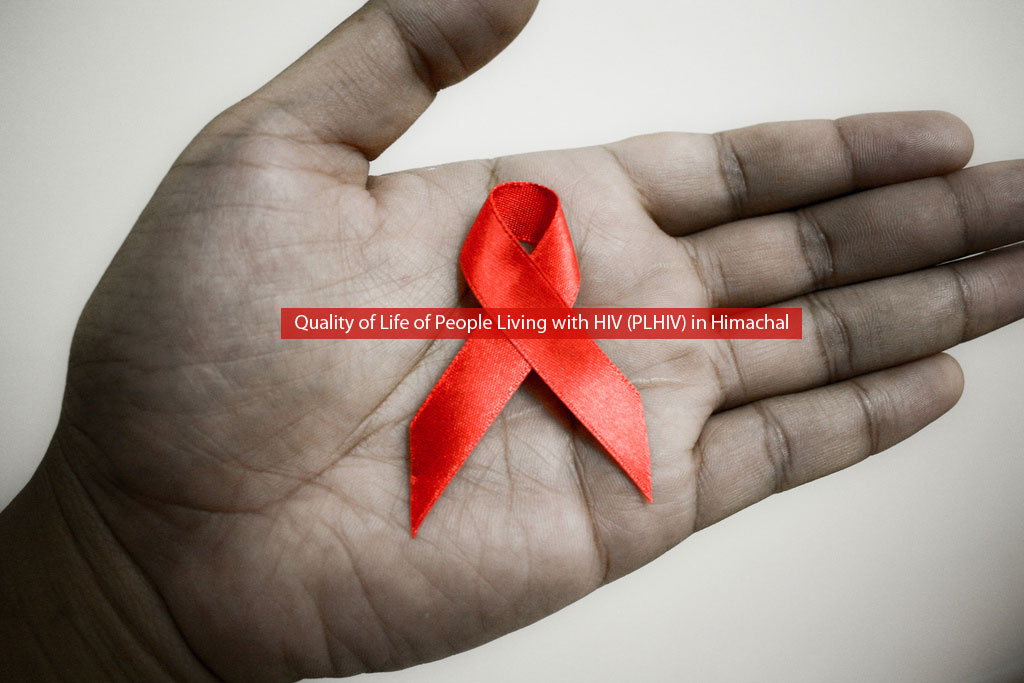News
Scientists developing female condom that’ll dissolve inside the body

A team of scientists at the University Of Washington are developing a product that women can use to protect themselves from HIV infection and unintended pregnancy.
The only way to protect against HIV and unintended pregnancy today is the condom. It’s an effective technology, but not appropriate or popular in all situations.
A University of Washington team has developed a versatile platform to simultaneously offer contraception and prevent HIV. Electrically spun cloth with nanometer-sized fibers can dissolve to release drugs, providing a platform for cheap, discrete and reversible protection.
The research was published this week in the Public Library of Science’s open-access journal PLoS One. The Bill & Melinda Gates Foundation last month awarded the UW researchers almost $1 million to pursue the technology.
“Our dream is to create a product women can use to protect themselves from HIV infection and unintended pregnancy,” said corresponding author Kim Woodrow, a UW assistant professor of bioengineering. “We have the drugs to do that. It’s really about delivering them in a way that makes them more potent, and allows a woman to want to use it.”
Electrospinning uses an electric field to catapult a charged fluid jet through air to create very fine, nanometer-scale fibers. The fibers can be manipulated to control the material’s solubility, strength and even geometry. Because of this versatility, fibers may be better at delivering medicine than existing technologies such as gels, tablets or pills. No high temperatures are involved, so the method is suitable for heat-sensitive molecules. The fabric can also incorporate large molecules, such as proteins and antibodies, that are hard to deliver through other methods.
At a lab meeting last year, Woodrow presented the concept, and co-authors Emily Krogstad and Cameron Ball, both first-year graduate students, pursued the idea.
They first dissolved polymers approved by the Food and Drug Administration and antiretroviral drugs used to treat HIV to create a gooey solution that passes through a syringe. As the stream encounters the electric field it stretches to create thin fibers measuring 100 to several thousand nanometers that whip through the air and eventually stick to a collecting plate (one nanometer is about one 25-millionth of an inch). The final material is a stretchy fabric that can physically block sperm or release chemical contraceptives and antivirals.
“This method allows controlled release of multiple compounds,” Ball said. “We were able to tune the fibers to have different release properties.”
One of the fabrics they made dissolves within minutes, potentially offering users immediate, discrete protection against unwanted pregnancy and sexually transmitted diseases.
Another dissolves gradually over a few days, providing an option for sustained delivery, more like the birth-control pill, to provide contraception and guard against HIV.
The fabric could incorporate many fibers to guard against many different sexually transmitted infections, or include more than one anti-HIV drug to protect against drug-resistant strains (and discourage drug-resistant strains from emerging). Mixed fibers could be designed to release drugs at different times to increase their potency, like the prime-boost method used in vaccines.
The electrospun cloth could be inserted directly in the body or be used as a coating on vaginal rings or other products.
Electrospinning has existed for decades, but it’s only recently been automated to make it practical for applications such as filtration and tissue engineering. This is the first study to use nanofibers for vaginal drug delivery.
While this technology is more discrete than a condom, and potentially more versatile than pills or plastic or rubber devices, researchers say there is no single right answer.
“At the time of sex, are people going to actually use it? That’s where having multiple options really comes into play,” Krogstad said. “Depending on cultural background and personal preferences, certain populations may differ in terms of what form of technology makes the most sense for them.”
The team is focusing on places like Africa where HIV is most common, but the technology could be used in the U.S. or other countries to offer birth control while also preventing one or more sexually transmitted diseases.
The research to date was funded by the National Institutes of Health and the UW’s Center for AIDS Research. The other co-author on the paper is Thanyanan Chaowanachan, a UW postdoctoral researcher and longtime HIV expert.
The team will use the new Gates Foundation grant to evaluate the versatility and feasibility of their system. The group will hire more research staff and buy an electrospinning machine to make butcher-paper sized sheets. The expanded team will spend a year testing combinations that deliver two antiretroviral drugs used to treat HIV and a hormonal contraceptive, and then six months scaling up production of the most promising materials.
Source: News Release University of Washington
News
HP Govt Employees to Get Higher Pay Scale on Completion of Two Years of Service: CM Jairam

Shimla-Himachal Pradesh Government employees working in different departments before January 3, 2022, would be given a higher scale at par with other employees on completion of two years tenure of regular service. A higher pay scale was also announced for the Junior Office Assistants (IT) on completion of two years of regular service.
Chief Minister Jairam Thakur made these announcements during the Karamchari Maha Sammelan of the Himachal Pradesh Non-Gazetted Employees Federation at the hotel Peterhof on Sunday.
He appreciated the role played by the employee especially frontline workers in the battle against the pandemic.
He said most of the government employees in the state have been given revised pay scales and on average, every employee has got the benefit of a 12 to 15 percent salary hike. There has also been an increase in the pension of about 1.50 lakh pensioners of the state. The financial benefits of Rs. 7801 crore have been given to state government employees and pensioners from the year 2018 to 2022. The pensioners who retired before 2016 are getting the benefit of a 15 to 20 percent increase in the pension while around 40 thousand pensioners who retired after 2016 would be benefitted soon, he said.
He said the daily wages were Rs. 210 in the year 2017 which has been increased by the present state government to Rs. 350. Similarly, 12 per cent interim relief annually has been provided to government employees and pensioners during the present government’s tenure. He said the Himachal government has provided Dearness Allowance to its employees and pensioners on the lines of Punjab and Central governments from the due date. The Punjab government has given only 5 percent interim relief to the employees while the Himachal government has provided 21 percent interim relief to its employees.
“Out of the total interim relief amount given to the employees and pensioners amounting to about Rs. 6500 crore, Rs. 3500 crore has been paid during the tenure of our government” added the Chief Minister.
He said that the state government has increased the government contribution for NPS employees from 10 percent to 14 percent benefitting more than one lakh employees. The NPS employees are being given the benefits of retirement and death gratuity at par with employees falling under the old pension scheme. The government has also increased the upper limit of death gratuity from Rs. 10 lakh to Rs. 20 lakh.
The Chief Minister said the state government has also increased the honorarium of para-workers working in various departments. The salary of outsource workers has been hiked by Rs 1,500 per month.
Non-Gazetted Employees Federation President Ashwani Thakur thanked the Chief Minister for providing various financial and other benefits to different categories of government employees.
Nation
Most Covid Restrictions to be Lifted From March 31, Mask and Hand Hygiene to Continue

New Delhi-The Centre has issued a notification to the States informing that the provisions of the Disaster Management (DM) Act, 2005 will not be invoked in the country after March 31. The Union Health Ministry said that the use of face masks and following hand hygiene will continue.
It implies that most of the Covid-related rules and restrictions would end.
Union Home Secretary Ajay Bhalla issued the notification which said that the decision was taken following the overall improvement in the situation and the preparedness of the government in dealing with the COVID-19 pandemic.
However, local authorities and State police can still invoke fines and criminal cases against persons violating COVID-19 norms under the Indian Penal Code (IPC), a senior government official said.
The DM Act was invoked on March 24, 2020, due to the pandemic
“Over the last seven weeks or so there has been a steep decline in the number of cases. The total caseload in the country stands at 23,913 only and the daily positivity rate has declined to 0.28%. It is also worth mentioning that with the combined efforts, a total of 181.56 Cr vaccine doses have been administered,” the notification said.
“I would like to mention that in view of the nature of the disease, we still need to remain watchful of the situation. Wherever any surge in the number of cases is observed, the States/UTs may consider taking prompt and proactive action at a local level, as advised by MoHFW (Health Ministry) from time to time,” the notification said.
The Indian government had issued various guidelines and measures for the first time on March 24, 2020, under the Disaster Management Act to curb the COVID-19 situation in the country, which have been modified several times thereafter.
India currently has 23,087 active COVID-19 cases and recorded 1,778 new cases and 62 deaths in the last 24 hours. The daily positivity rate has also declined to 0.28%.
News
HP Cabinet Decisions: Country Liquor Made Cheaper in New Excise Policy, Read All Decisions

Shimla-A meeting of the Himachal Pradesh Cabinet was held on March 20, 2022, under the chairmanship of Chief Minister Jai Ram Thakur.
The excise policy for the financial year 2022-23 was approved. Approval was also given for the renewal of retail excise vends in the state for the financial year 2022-23 at the renewal fees of 4% of the value of unit/vend.
The State Government said that wants to enhance the government revenue and curb the smuggling of country liquor from the neighbouring states by a reduction in its price.
The brands of Country Liquor will be cheaper as license fees have been reduced. This will help in providing good quality liquor at a cheaper rate to the consumers.
In the new excise policy, the 15% fixed quota of country liquor for manufacturers and bottlers to be supplied to the retail licensees has been abolished. According to the government, this step will give the retail licensees to lift their quota from the suppliers of their choice and further assure the supply of good quality country liquor at competitive prices. The MRP of country liquor will be cheaper by 16% of the existing price.
In this year’s policy, the Gaudhan Vikas Nidhi Fund has been enhanced by Re.1/- from the existing Rs.1.50 to Rs.2.50.
The fixed annual license fee of Bars has been rationalized by abolishing the area-specific slabs of license fee. Now throughout the State, there will be uniform license slabs based upon the room capacity in hotels.
Rates of the annual fixed license fee of Bars in the tribal areas has been reduced considerably.
Further, all the above stakeholders will have to install CCTV cameras at their establishments as it was made mandatory for them.
Wholesale vends and retail vends, the penalty provisions under the H.P. Excise Act, 2011 have been made more stringent.
An end to end online Excise Administration System would be established in Himachal Pradesh, the government said.
HP Government estimates a collection of Rs 2131 crore revenue during the year, which will be Rs. 264 crores higher than the financial year 2021-22 – growth of 14% in state excise revenues.
The Cabinet also gave its nod to amend Himachal Pradesh Disaster Relief Manual-2012 to include deaths due to biting of honey bees, hornet and wasps, accidental drowning and deaths due to accidents of vehicles (including land, water and air) under this Manual.
The Cabinet gave its approval for filling up 11 posts of ‘A’ Class Tehsildar in Revenue Department through direct recruitment on regular basis through Himachal Pradesh Public Service Commission.
HP State Toll Policy 2022-23
The HP Cabinet also gave its nod to HP State Toll Policy for the year 2022-23 which envisages auction cum tender for all the toll barriers in the State. During the year 2021-22, toll revenue has registered a growth of 20 percent of the previous year’s revenue.












 Home Decor Ideas 2020
Home Decor Ideas 2020
